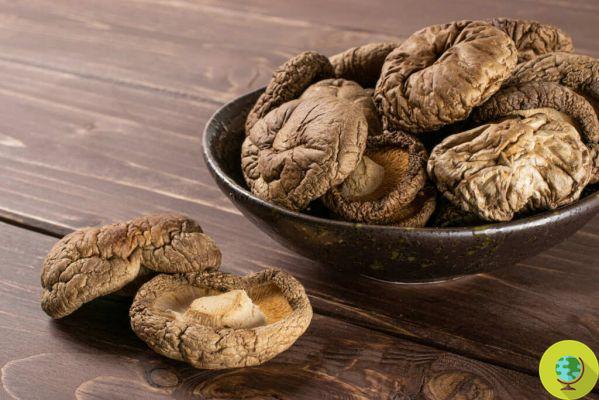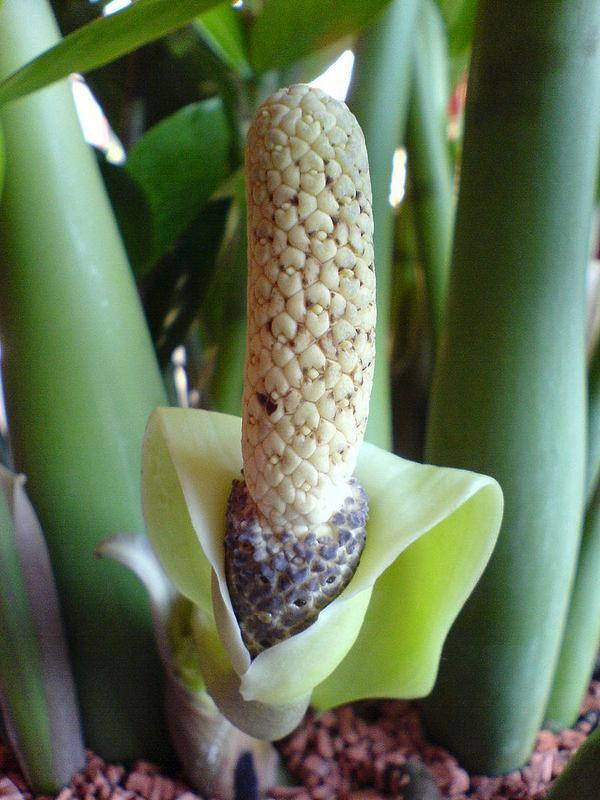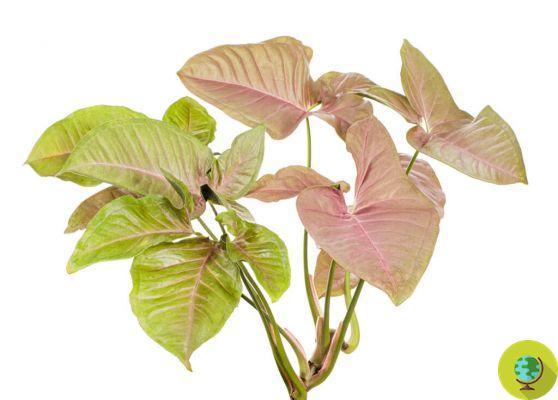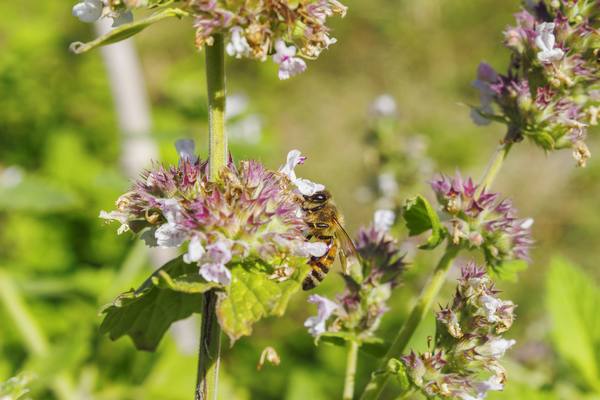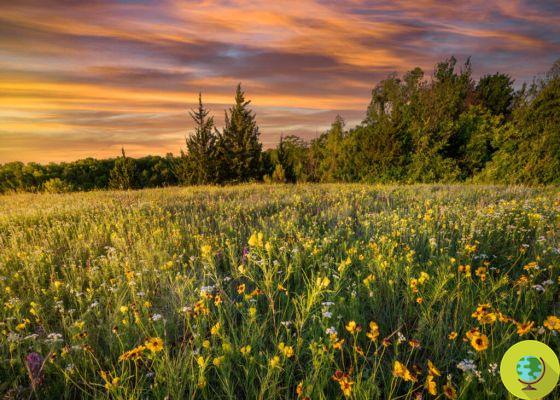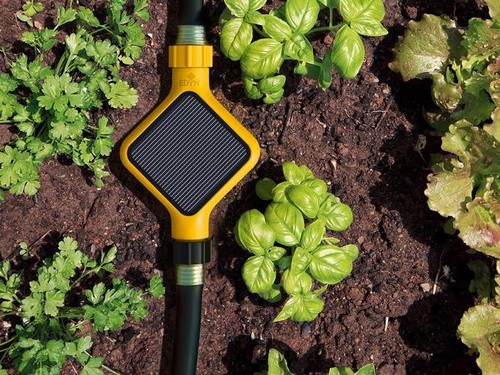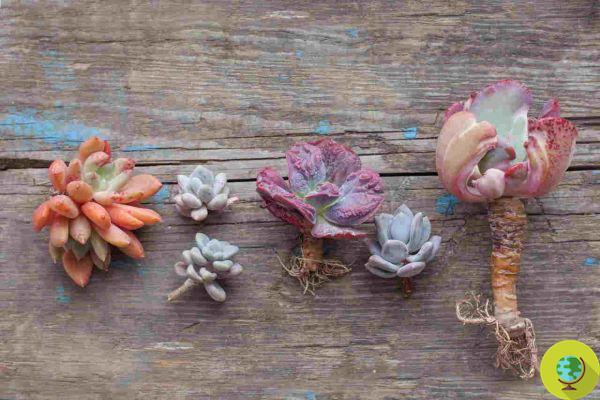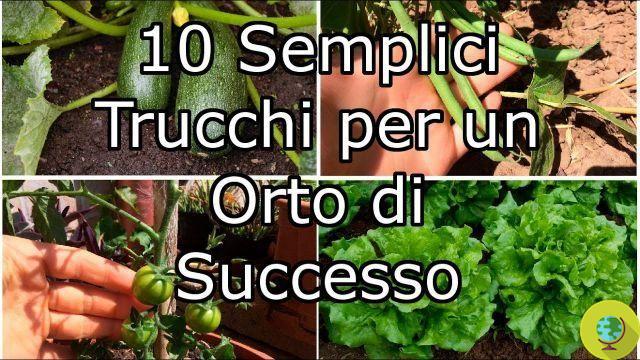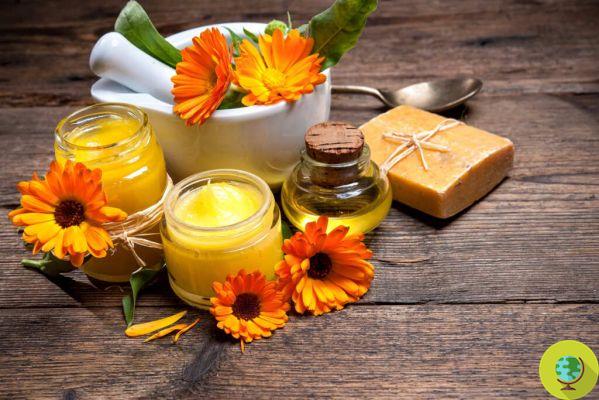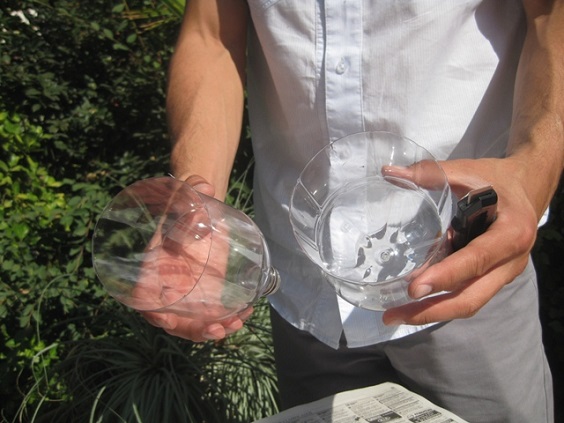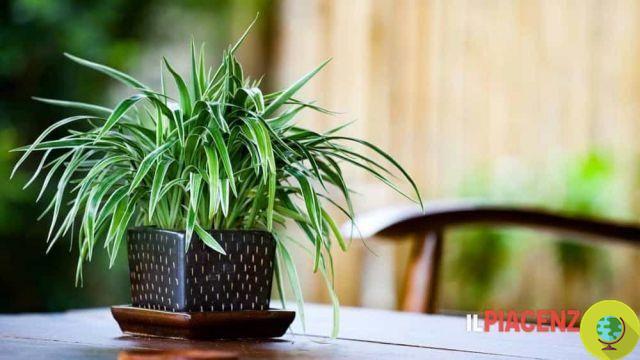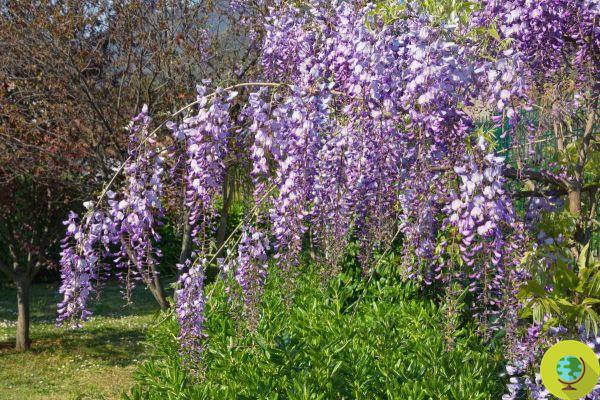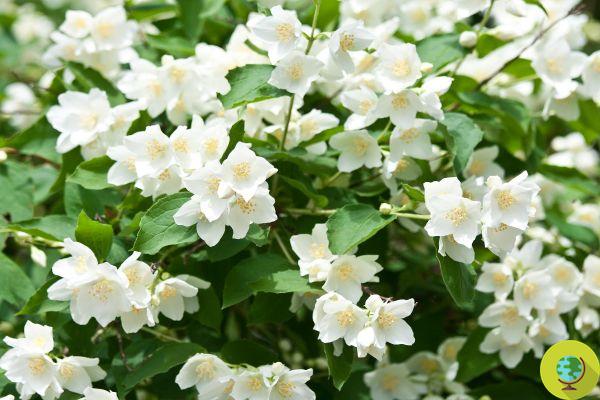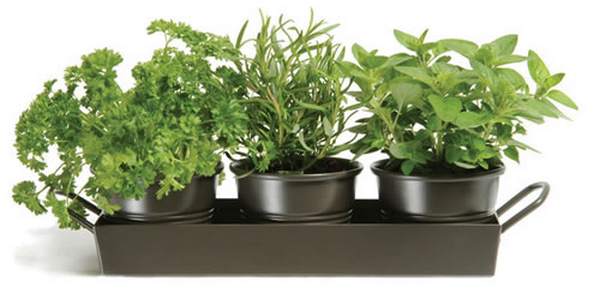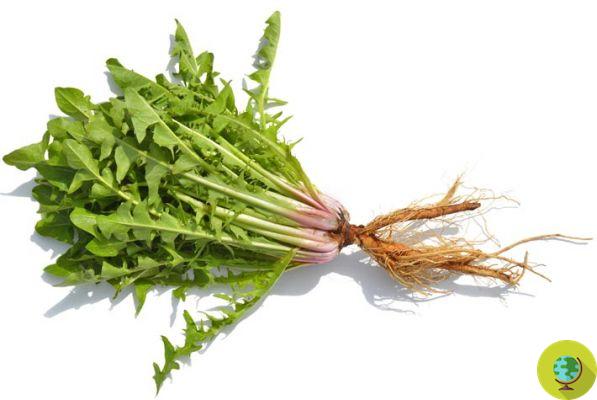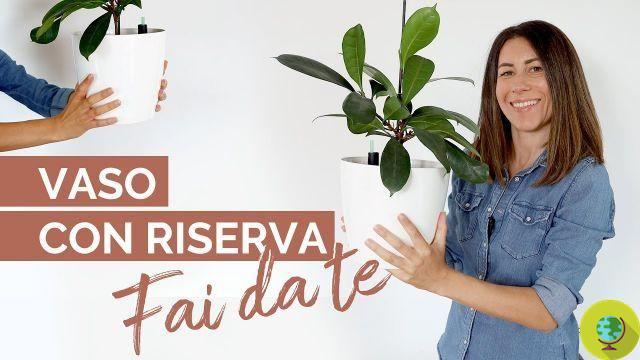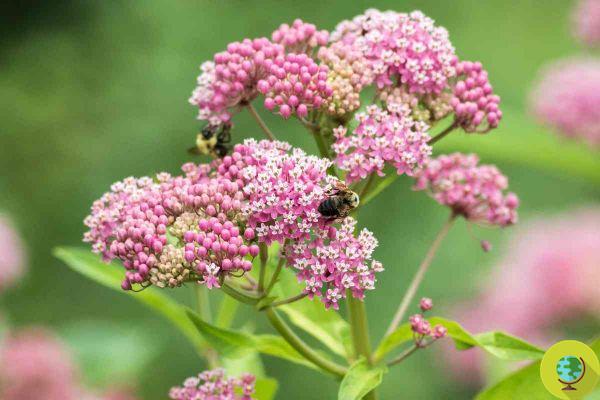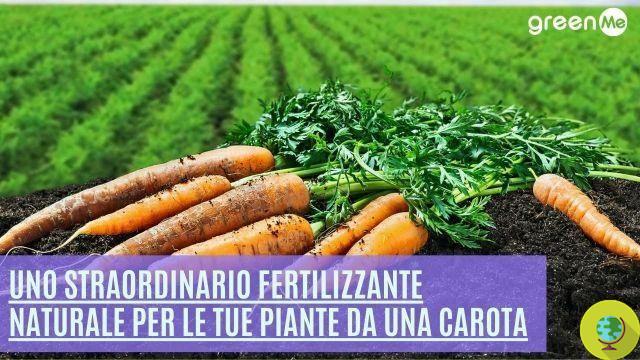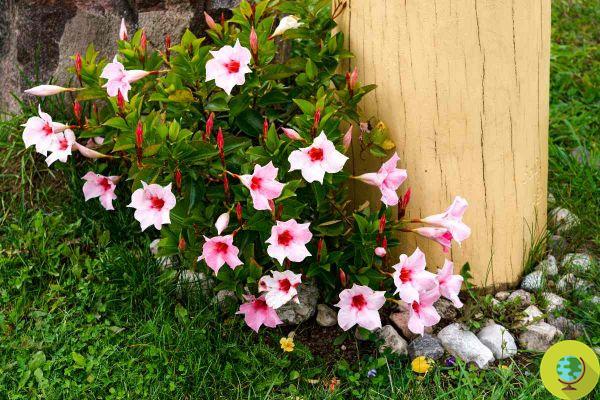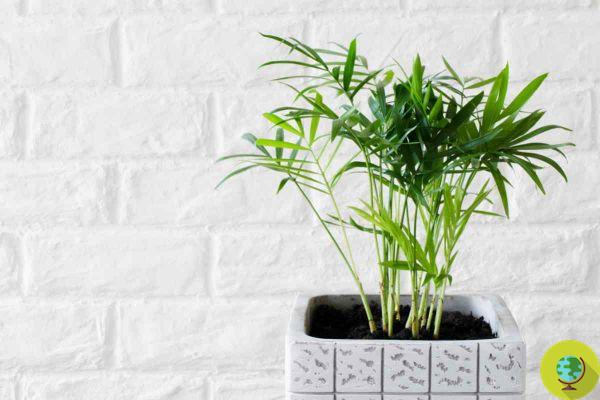Dipladenia and Bouganville are probably the two most loved climbing plants, but what difference is there in their cultivation and care?
Thanks to their bright colors and their fast growth, dipladenia and bougainvillea are among the most popular climbing plants of all. There are many people who opt for one of these two species to decorate terraces, balconies and gardens or pergolas. (Read also: 10 climbing plants suitable for pergola)
Although they have some similarities starting from the flowers, in reality they have different origins and must be cultivated and cared for in different ways. Let's find out how.
Index
Major differences between the two plants
Compared to dipladenia, the bougainvillea grows much more in height, managing to reach almost 10 meters in height against the 5 maximums of the mandevilla;
The flowers of dipladenia are larger than those of bougainvillea which, however, tends to create more, and are more susceptible to infestations as they attract more insects such as mealybugs and yellow aphids.
Dipladenia: origins and curiosities
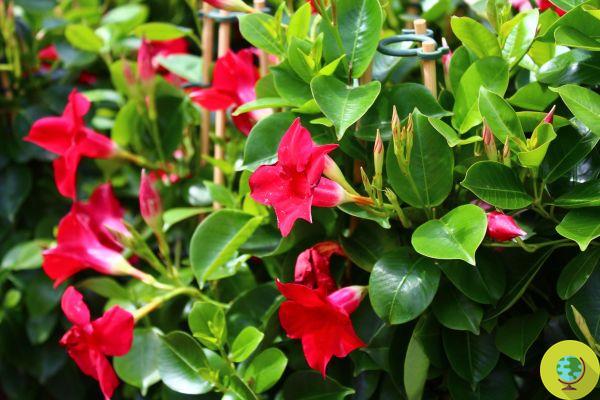
@Martina Unbehaun/123rf
Dipladenia, better known as Mandevilla, Sundeville o Chilean jasmine, is a tropical plant belonging to the Apocinaceae family, which includes about 200 varieties of climbers native to countries such as Chile and Mexico. Some of these are more suitable for indoor cultivation, such as Dipladenia rosea, while others are more suitable for outdoor cultivation such as Dipladenia williamsii. It is good to know that it is a plant that prefers a mild climate and does not tolerate too rigid or excessively high temperatures.
Dipladenia flowers are funnel-shaped to medium to small size. The different varieties of Dipladenia produce flowers of different colors: pale pink, but also white or yellow flowers can be found. Among the various cultivars we find the Mandevilla Summer Snow, with white flowers, and the "Mandevilla Best Red", whose flowers are initially pink and then turn red. The leaves, on the other hand, have a dark green color. This plant can reach a height of about 4 meters, for example by climbing around a pergola.
How to take care of Dipladenia
Both Dipladenia and Bouganville can be grown outdoors in the summer or used as houseplants. To grow at its best, it needs well-drained and moist soil. Dipladenia loves mild temperatures and needs light. The ideal temperature for the growth and development of this plant is around around 21 ° C, therefore in the summer months it can be placed in the sun only in areas where the summer is mild, otherwise it would be better to place it in the shade to protect it.
The ideal soil for the development of Dipladenia is a mixture of garden soil, leaves, peat and sand. This should be well fertilized and rich in organic substances to better feed the plant. As for watering, Dipladenia should be watered frequently (especially in summer), letting the soil dry out between one watering and the next.
Bouganville: origins and curiosities
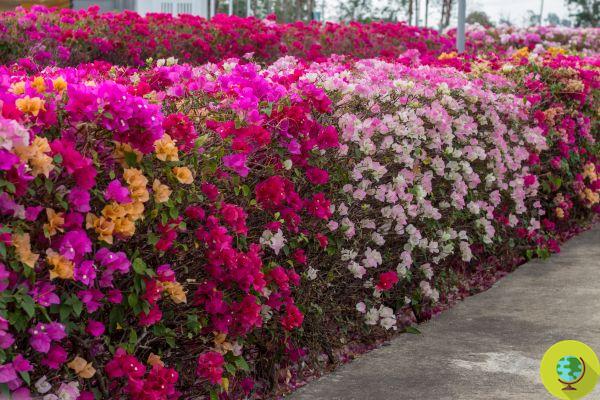
@Montian Noowong/123rf
Bougainville is a plant belonging to the Nyctaginaceae family, native to tropical areas. Its name is closely linked to the story of its discovery, which took place in 1768. The discovery of the plant was in fact Philibert Commercon, physician and botanist who accompanied the navigator Louis Antoine De Bougainville on the expedition to Brazil. (Read also: Jeanne Baret: the first woman who circumnavigated the world and discovered bougainvillea)
The colors of the Bouganville are very vibrant. The color range of the flowers of this plant is very wide: white, pink, orange, fuchsia, red, purple. Among these we find the “Surprise” variety, with white and pink flowers, the “Juanita Hatten”, which has variegated foliage and dark pink flowers and “Sundown”, with apricot-colored flowers. As for the leaves, those of the Bougainvillea are slightly smaller than the leaves of Dipladenia. Some species of Bougainvillea can reach even 10 meters high.
How to take care of the Bougainvillea
The Bouganville needs a lot of light and prefers sandy soils. In fact, in overly fertilized soils it may not even flower. The best time to plant Bougainvillea is undoubtedly spring, when the frosts are now over. If you decide to plant it in pots because the temperatures are colder, it is advisable to keep it in a sheltered place indoors in winter and then transplant it outdoors in spring and summer when temperatures will be above 16 ° C.
Usually the Bouganville is grown in the garden, but some species with small leaves, such as the Bouganville of the Sanderiana variety, are also suitable for cultivation in pots.
Read also:
- Dipladenia: how to grow, prune and care for the mandevilla
- How to grow bougainvillea: when to plant it, prune it and where to place it
- 10 climbing plants suitable for the pergola
- Sansevieria, the snake plant that purifies the air, very easy to grow





